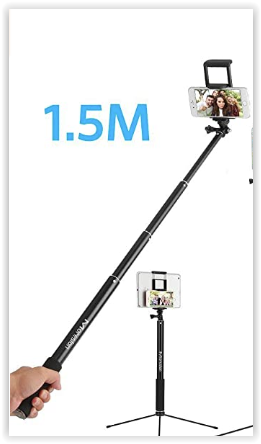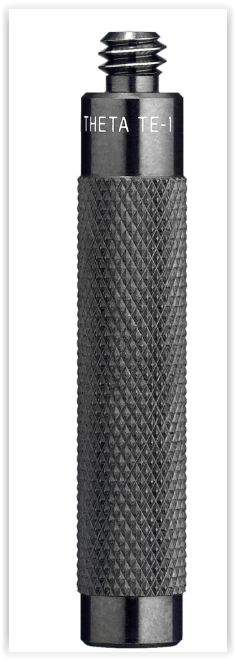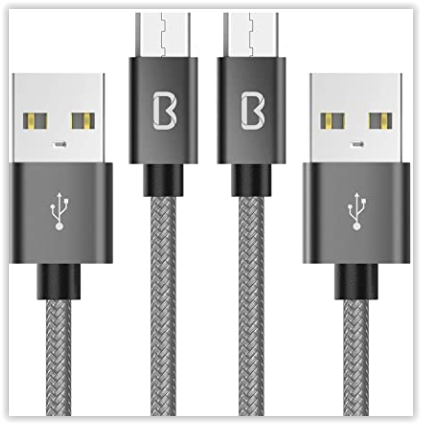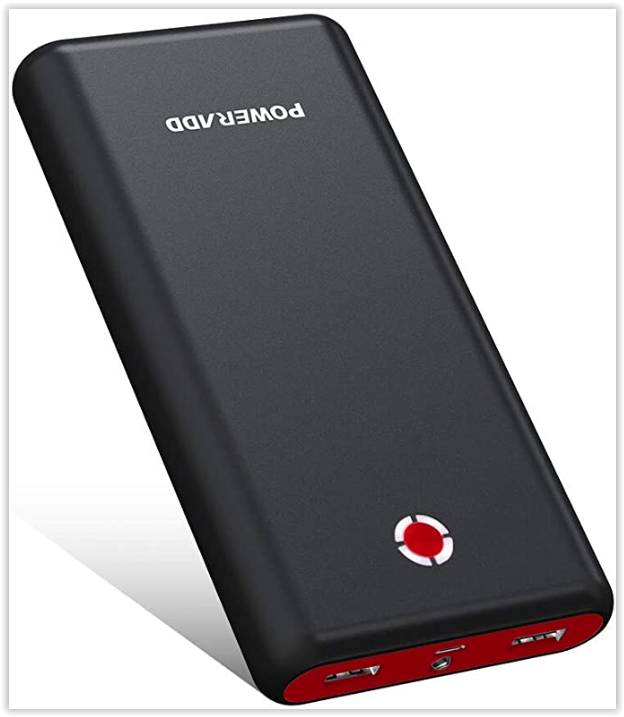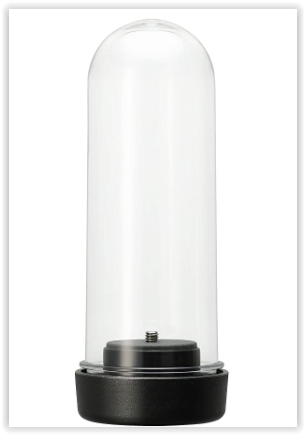Sweep-up
Sweep-up information
Page 1 and 3 of the form are designed for recording general information by means of a ‘sweep-up’ checklist. This is usually best done when walking back along the cRHS site following completion of the spot-checks. The sweep-up represents an assessment of the extent of features over the whole 500m length, and will include those features not occurring at the spot-checks. Since the site length is 500m and the ten-spot-checks are 50m apart, it is important to include the remaining 50m of the sample length in the sweep-up assessment. This means walking an extra 50m beyond the tenth spot-check and taking a GPS reading.
Features in the sweep-up are recorded by entering a ‘✓’ for those present in at least 1% of the site and ‘E’ for those extending more than 33% along the site. This type of recording is used in Sections D and E to provide information on land-use and bank profiles. Some features may be important, even if they do not extend 1% along an cRHS site. Such features include underwater tree roots, and all such categories are marked with an asterisk (*) to highlight they are special cases, and can be recorded as present even if they do not occur along >=1% of the site.
Information on trees (Section K) is recorded in a tick box format, with categories for the distribution pattern of trees along each bank, and whether associated features such as ‘underwater tree roots’ or ‘large woody debris’ are absent, present or extensive along the channel as a whole.
The extent (absence, presence or extensive occurrence) of specific channel features is recorded in Section L. The check-list represents a range of river channel features that are readily identified in the field. An assessment of their presence, absence and overall extent enables a broad picture of river character to be established. The two features marked by an *asterisk can be recorded as ‘present’ even if they do not occur along at least 1% of the site.
Taking 360 photos
We encourage you to take photos of the site using a 360 camera so as to create a virtual tour of the site using the RHS Toolbox or equivalent applications such as Google Map (Street View).
To do a virtual tour, follow these steps:
- Make sure you have a fully charged 360 camera such as the Ricoh Theta SC set on a 1.5m (5 feet) selfie stick.
- Follow the instructions provided by the supplier to take pictures. The Ricoh Theta connects to an application on your mobile phone and you can use the application to take the pictures and attach geographical coordinates using the mobile phone in-built GPS as well as date and time.
- Start from the beginning of the site, extend the camera vertically towards the channel always trying to keep the same side of the camera facing in the same upstream or downstream direction.
- Take a picture and walk 5-10m to the next stop and take another picture.
- Download on your computer in a specific folder and enter the information in the RHS Toolbox
- Create a virtual tour and upload to the online repository and/or to Google Map
- Here is an example of a river 360 virtual survey using a Ricoh Theta SC: Link
Important tips:
- You may need to change the light settings of the camera if it is dark because of clouds or tree canopy.
- Do not move when taking a picture.
- Take pictures in order as you walk upstream or downstream and do not walk back to take another shot as the RHS Toolbox will be using the time stamp to link the photos.
- If you want to upload your photos on GoogleStreet View, use the free Street View app.
- A Ricoh Theta battery may last 2 hours or so. Use a portable battery pack (10,000 mAh or more) with a 2-3m lead to make sure the camera does not run out. The Ricoh Theta charging socket is locate to the underbelly of the camera and is obscured by most selfie sticks. You may need to buy a small extension adapter.
- You can also purchase a plastic protective case to protect from the rain whilst taking pictures
- You can view photos on your computer using free apps such as the Ricoh app
